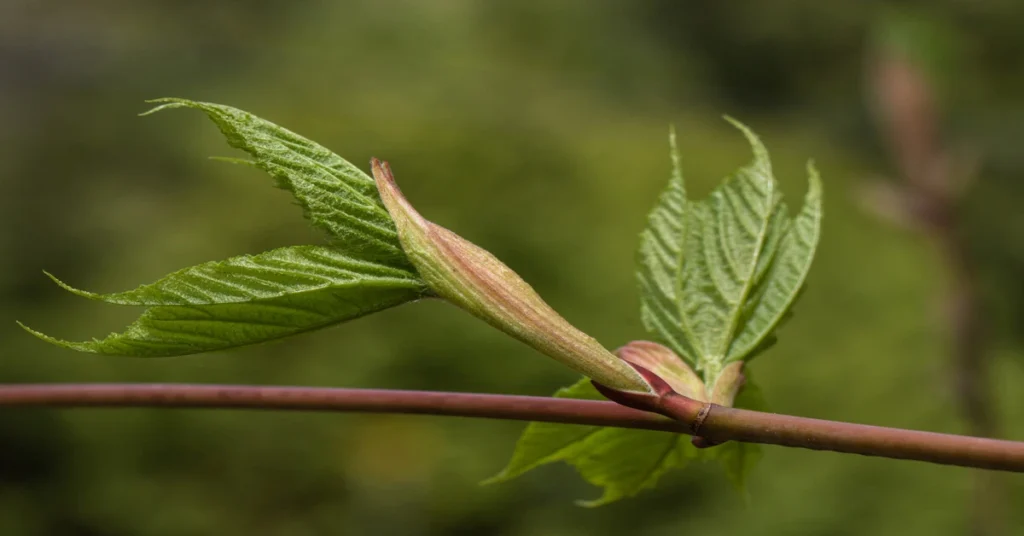Imagine a plant as an intricate network of interconnected pathways, with nodes acting as the vital junctions where everything starts and ends. These seemingly inconspicuous structures hold the key to understanding how plants develop, grow, and respond to their environment. Dive deep into this exploration of plant nodes, unraveling their hidden significance and the profound impact they have on the plant kingdom.

Image: www.animalia-life.club
In the botanical realm, a node refers to the precise point where one or more leaves emerge from the main stem. This strategic location serves as a hub for various essential processes within the plant. Each node possesses the remarkable ability to generate new shoots, enabling the plant to branch out and extend its reach towards sunlight and resources. Additionally, nodes often serve as attachment points for specialized structures such as flowers, fruits, or runners, further expanding the plant’s reproductive and survival capabilities.
The Phyllotaxy Puzzle: Uncovering the Arrangement of Nodes
Botanists have long been fascinated by the intricate patterns in which leaves are arranged along a stem, a phenomenon known as phyllotaxy. This arrangement is dictated by the specific node alignment, giving rise to diverse patterns such as the spiral, whorled, or alternate arrangements. These precise patterns often reveal hidden mathematical ratios and reflect the intricate dance between genetic programming and environmental factors.
Nodes: The Epicenter of Vascular Connections
Within the node’s compact structure, a bustling network of vascular tissues ensures the vital flow of water and nutrients throughout the plant. Xylem vessels, responsible for transporting water and minerals, and phloem, the conduit for sugars and organic compounds, seamlessly connect at the nodes. This efficient transport system allows raw materials to reach the farthest corners of the plant, supporting the metabolic processes that sustain its growth and development.
Hormonal Crossroads: Nodes’ Role in Plant Growth
Beyond their structural and vascular functions, nodes also serve as hubs for the production and distribution of plant hormones. These chemical messengers play a crucial role in coordinating growth and development, from regulating branching patterns to influencing leaf size and shape. By precisely controlling hormone levels at each node, plants fine-tune their morphology and physiology in response to ever-changing environmental conditions.

Image: giyplants.com
Nodes and Environmental Adaptations: Surviving in Diverse Habitats
Nodes are not mere passive structures; they actively contribute to a plant’s ability to thrive in different environments. Some plants, inhabiting nutrient-poor soils, have evolved specialized nodes that form symbiotic relationships with nitrogen-fixing bacteria. These bacteria convert atmospheric nitrogen into a form usable by the plant, providing a crucial source of sustenance in otherwise barren conditions.
In harsh, water-scarce regions, certain plants possess modified nodes that store water and nutrients, enabling them to survive prolonged periods of drought. These nodes serve as reservoirs, ensuring the plant’s survival during adverse conditions and allowing it to resume growth when water becomes available.
What Is A Node In A Plant
Conclusion
Nodes, though often overlooked, are essential building blocks in the realm of plants. Their multifaceted roles, from serving as architectural junctions to facilitating vascular connections, hormone distribution, and environmental adaptations, highlight their profound impact on plant development and survival. This intricate understanding of nodes deepens our appreciation for the complex tapestry of life in the plant kingdom.
